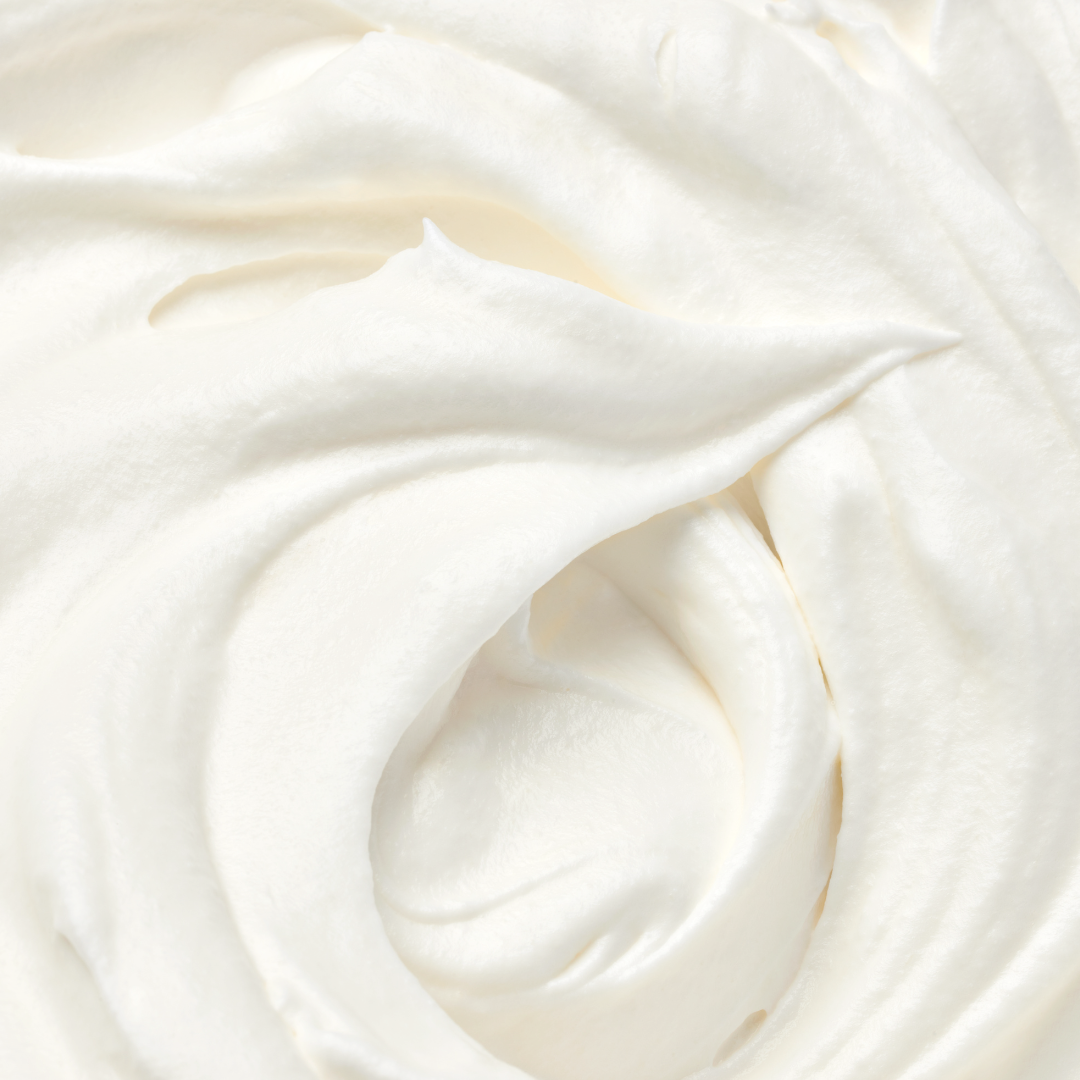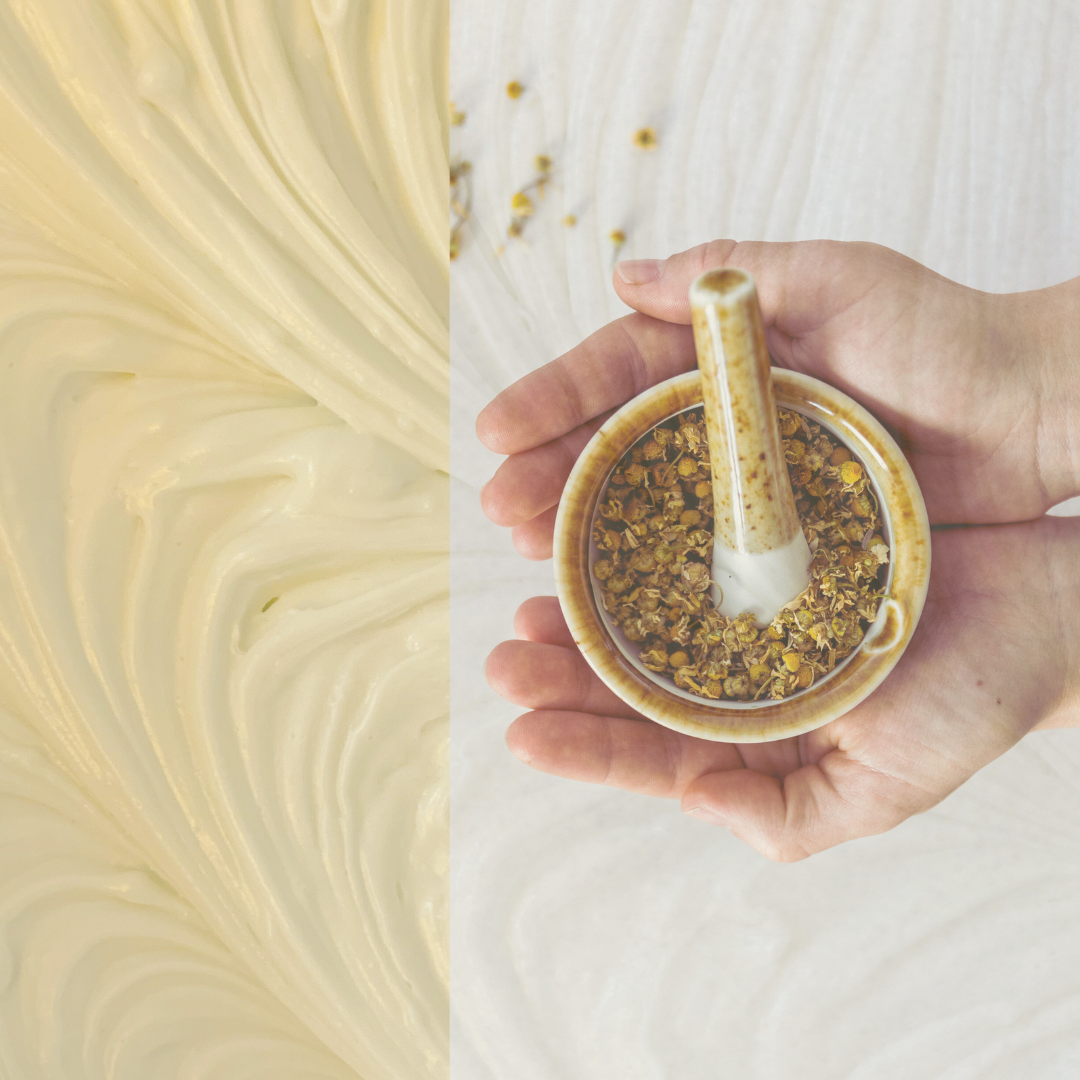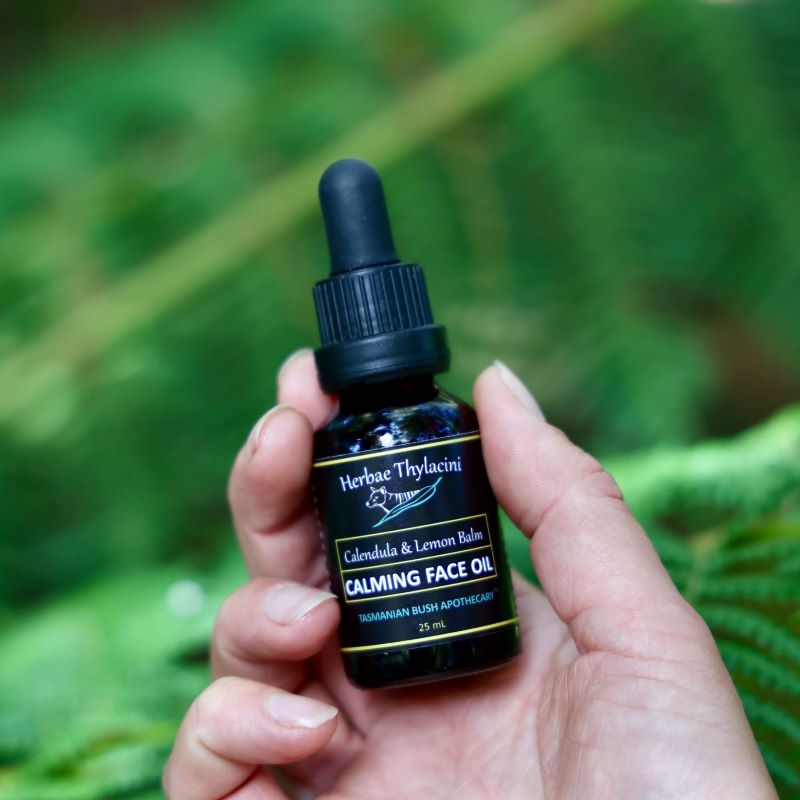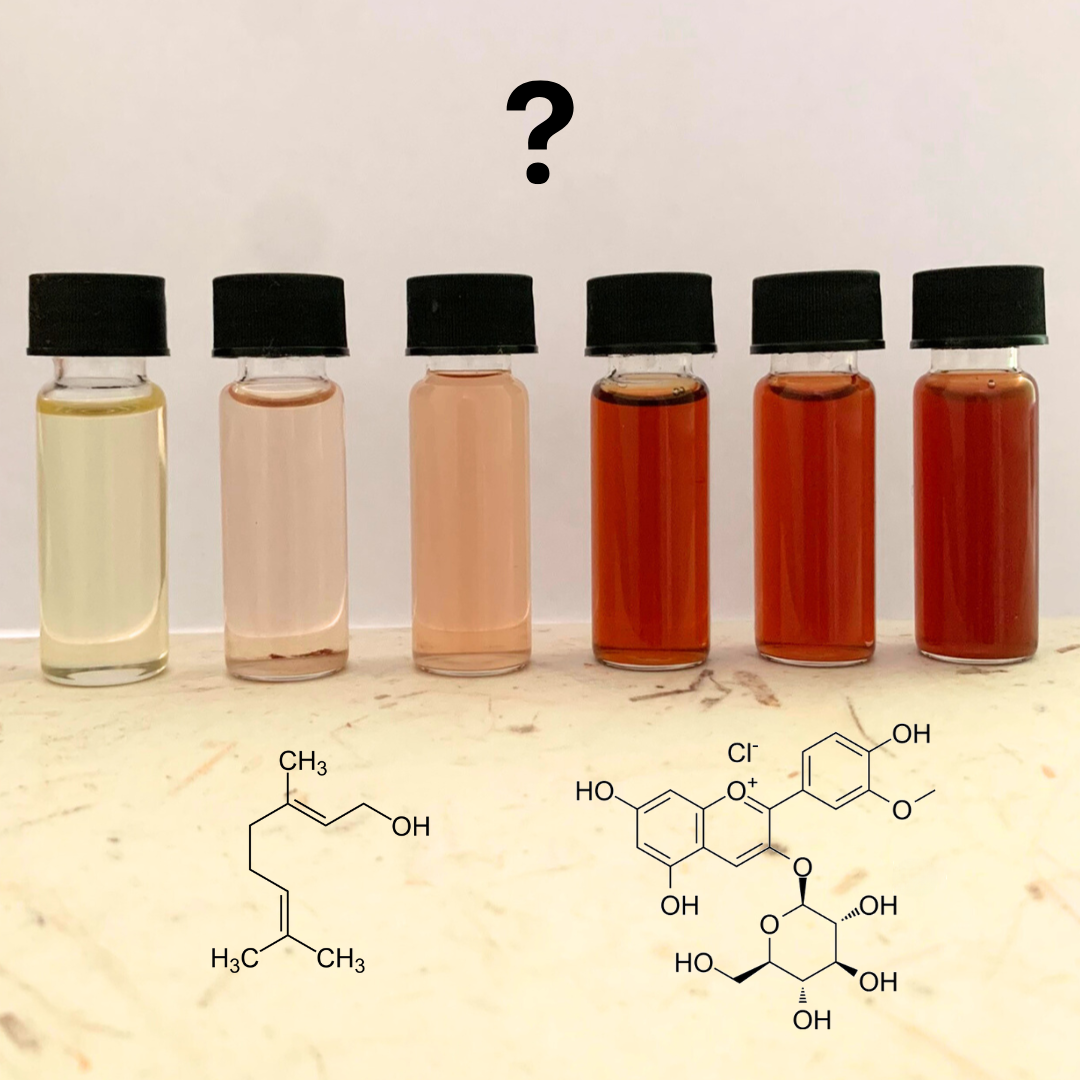
Tallow in natural skin care: Is it worth the hype?
When I was studying pharmacy, during our classes on Galenic compounding we were taught that tallow and lard are highly biocompatible with human skin. Lard is an ideal ingredient in dermal formulas, said the professors, as they demonstrated how to mix Unguentum simplex (a type of an ointment based on lard). This is, apparently, because lard (and tallow) have nearly identical composition of lipids with human skin.
Based on this received knowledge (and without doing my own research), when I started formulating herbal skin care nearly a decade ago, I was tempted to use tallow in some of my formulas. Alas, I could not find anyone who would willingly spread animal fat on their skin; vegan skin care was where it was at. Fast forward 10 years and you could not count the number of skin care brands based around tallow.
Tallow and misinformation
Correspondingly, there is a staggering amount of misinformation about tallow perpetuated on the internet – ranging from what tallow actually is, what lipids and nutrients does it contain, and, perhaps most urgently, how much is it biocompatible with human skin – more or less than plant oils??
Realistically speaking, the winner of the trendy biocompatibility contest between tallow and cold-pressed plant oils is largely determined by the marketing strategy of individual skin care brands & by your skin’s individual needs.
While the omnipresent plagiarized misinformation is not that surprising when it comes to various blogs, I found several peer-reviewed research articles that perpetuated the same tallow myths you can find online! While the nature of blogs allows for omission of references when presenting factual (especially) numerical information, the accepted structure of research articles stands on meticulous referencing.
Tallow and vitamin content
However, on several occasions I read in a research article that “Tallow is a rich source of vitamins A, D, E and K”. In both cases, the statement was supported by a reference. Upon checking the supporting references, I found that they researched tallow from a completely different angle and failed to provide any data on tallow’s vitamin content.
The thing is, you can’t have an opinion on the content of vitamins in tallow and present it as a fact.
The content of vitamins in tallow is a very measurable variable! If you want to know whether tallow contains vitamin A, you have to perform your own analytical measurements. Or (more accessibly) you have to check for published results of someone who performed the said measurements. Then and only then can you state “Tallow does (not) contain vitamin A.” Ultimately, a good researcher will present specific values of vitamin A in tallow and put the numbers into a practical context.
I researched tens of various academic articles on tallow and none of them is able to assert that tallow is a powerhouse of vitamins and nutrients based on the available data.
Tallow in skin care: A scoping review
Last year an exciting publication of a long-awaited review about tallow in skin care came out in an academic journal. However, the “Tallow, Rendered Animal Fat, and Its Biocompatibility With Skin: A Scoping Review” has been a massive disappointment to say the least. The authors address 5 questions (including biocompatibility of tallow with the skin, tallow’s therapeutic properties and its side effects), but fail to answer most of them. Furthermore, they reference irrelevant studies that do not support clarification of the chosen topics.
Tallow and pH
Recently I listened to a podcast where an aesthetician commented on pH of tallow. Apparently, this is a thing! Now, aestheticians might be excellent at harmonizing your skin, but they are not trained in chemistry, so they can easily spread misinformation around basic chemical concepts such as pH.
Independent tallow research
I decided to independently research all this information about tallow and summarize it in an article the length of a regular blog. But because I am a chronic deep diver (I cannot be satisfied with scratching the surface of any topic), I ended up poring over tens of different academic publications on tallow and I wrote an extensive 20-page, fully referenced document (featuring 31 relevant academic references) that accurately reports on:
- What tallow actually is.
- Lipid composition of tallow and what influences it.
- Vitamin and nutrient content of tallow in a practical context.
- Stability and pH of tallow.
- Biocompatibility of tallow with human skin, and finally
- it unpacks in more detail the published scoping review.





